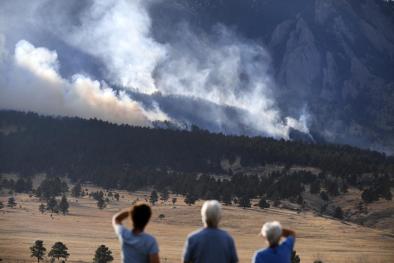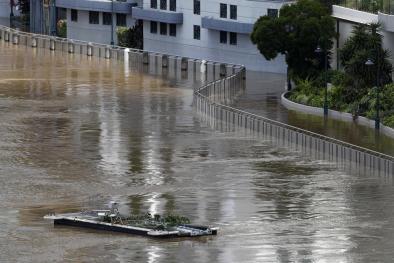Inequitable patterns of US flood risk in the Anthropocene
Study key findings & significance
- The study estimates that the annual cost of flooding in the United States will increase 26.4 percent — from $32.1 billion in 2020 to $40.6 billion by 2050. The study estimates the scale of flood risk in the U.S., and who bears the burden of flooding
- Current economic losses are borne disproportionately by poorer communities in Appalachia and the Northeast with a proportionally larger White population.
- In the coming decades, the areas with highest flood risk will shift south. People living in Texas, along the Gulf Coast and the Southeast will suffer more damaging floods, and communities where Black people live will see a disproportionate rise in flood risk.
- The authors estimate a 40% increase in flood risk in places where at least one fifth of the population is Black
Author quotes
"This isn't a pie in the sky projection. These risks are very likely to be experienced by people that are alive right now."
Oliver Wing, the chief research officer at the U.K.-based flood modeling company Fathom and an author of the study
Abstract
Current flood risk mapping, relying on historical observations, fails to account for increasing threat under climate change. Incorporating recent developments in inundation modelling, here we show a 26.4% (24.1–29.1%) increase in US flood risk by 2050 due to climate change alone under RCP4.5. Our national depiction of comprehensive and high-resolution flood risk estimates in the United States indicates current average annual losses of US$32.1 billion (US$30.5–33.8 billion) in 2020’s climate, which are borne disproportionately by poorer communities with a proportionally larger White population. The future increase in risk will disproportionately impact Black communities, while remaining concentrated on the Atlantic and Gulf coasts. Furthermore, projected population change (SSP2) could cause flood risk increases that outweigh the impact of climate change fourfold. These results make clear the need for adaptation to flood and emergent climate risks in the United States, with mitigation required to prevent the acceleration of these risks.
Related Content





